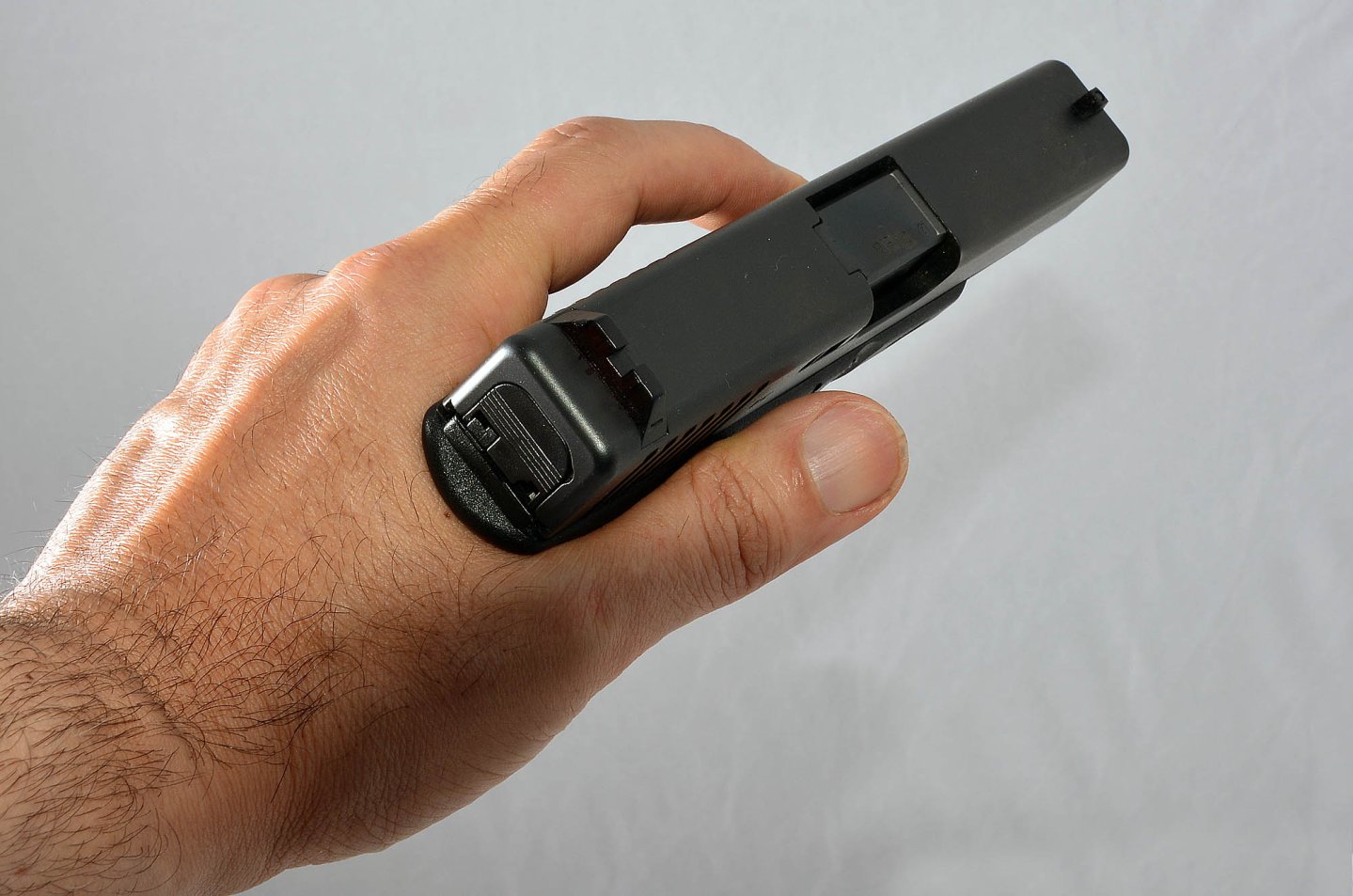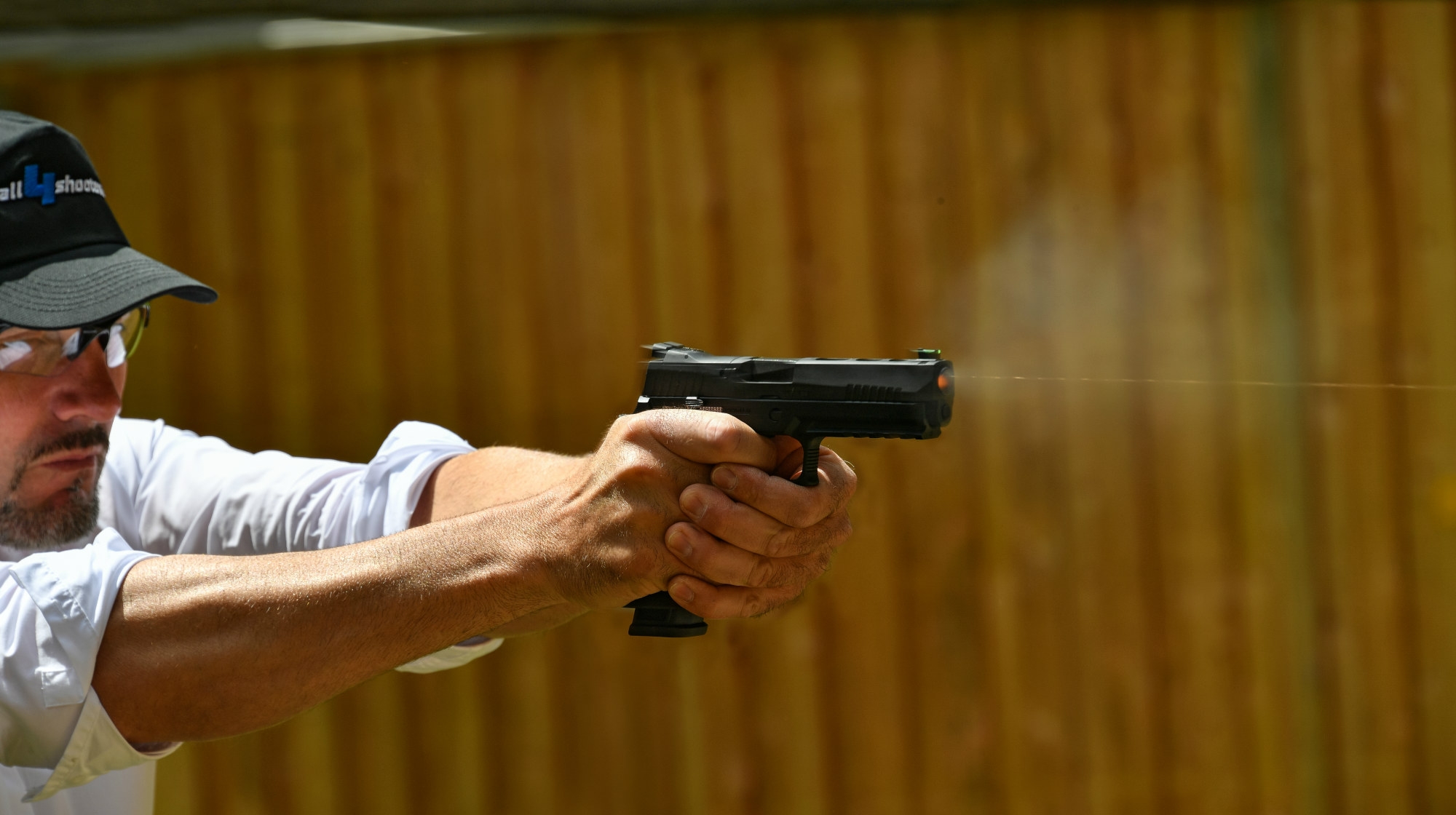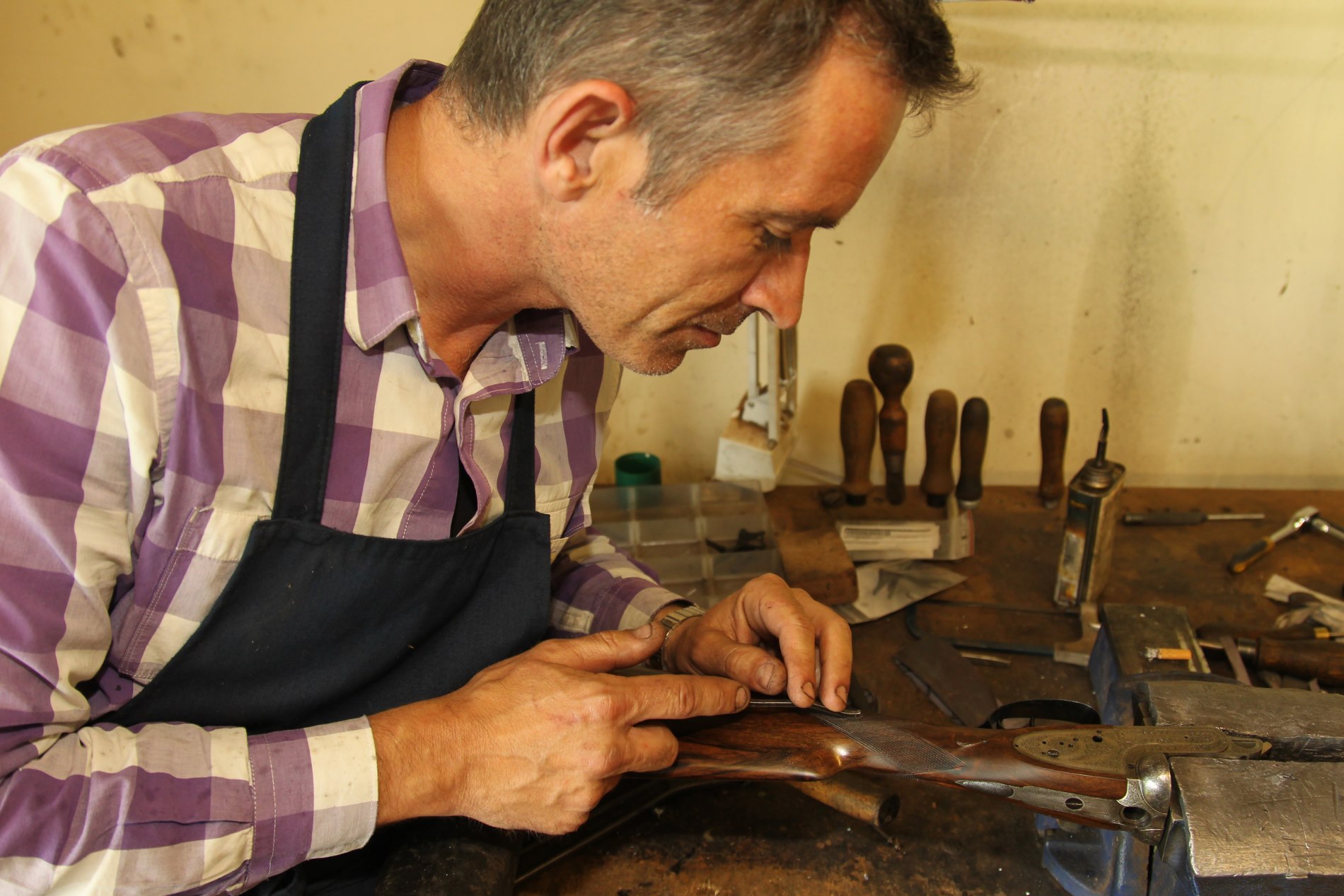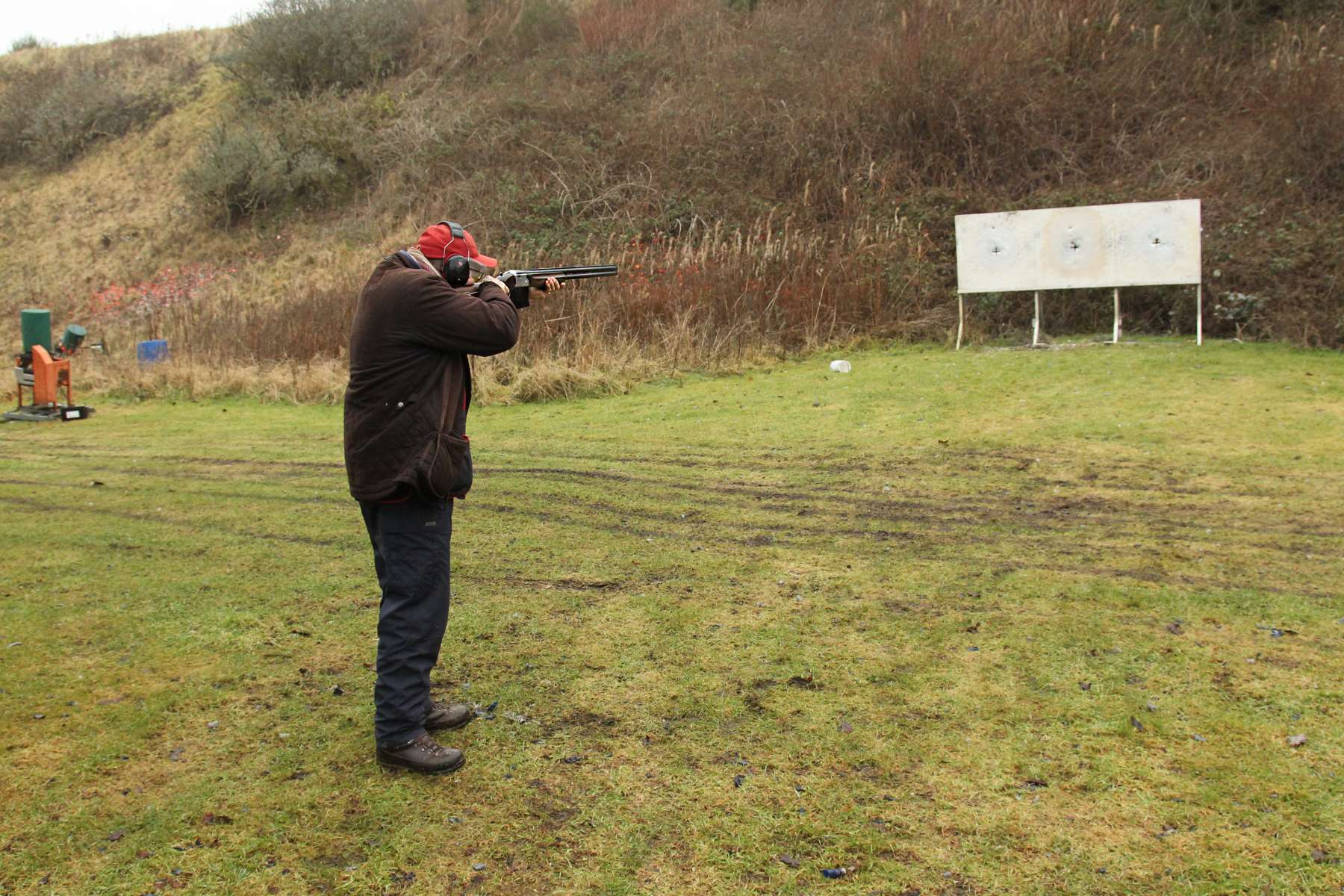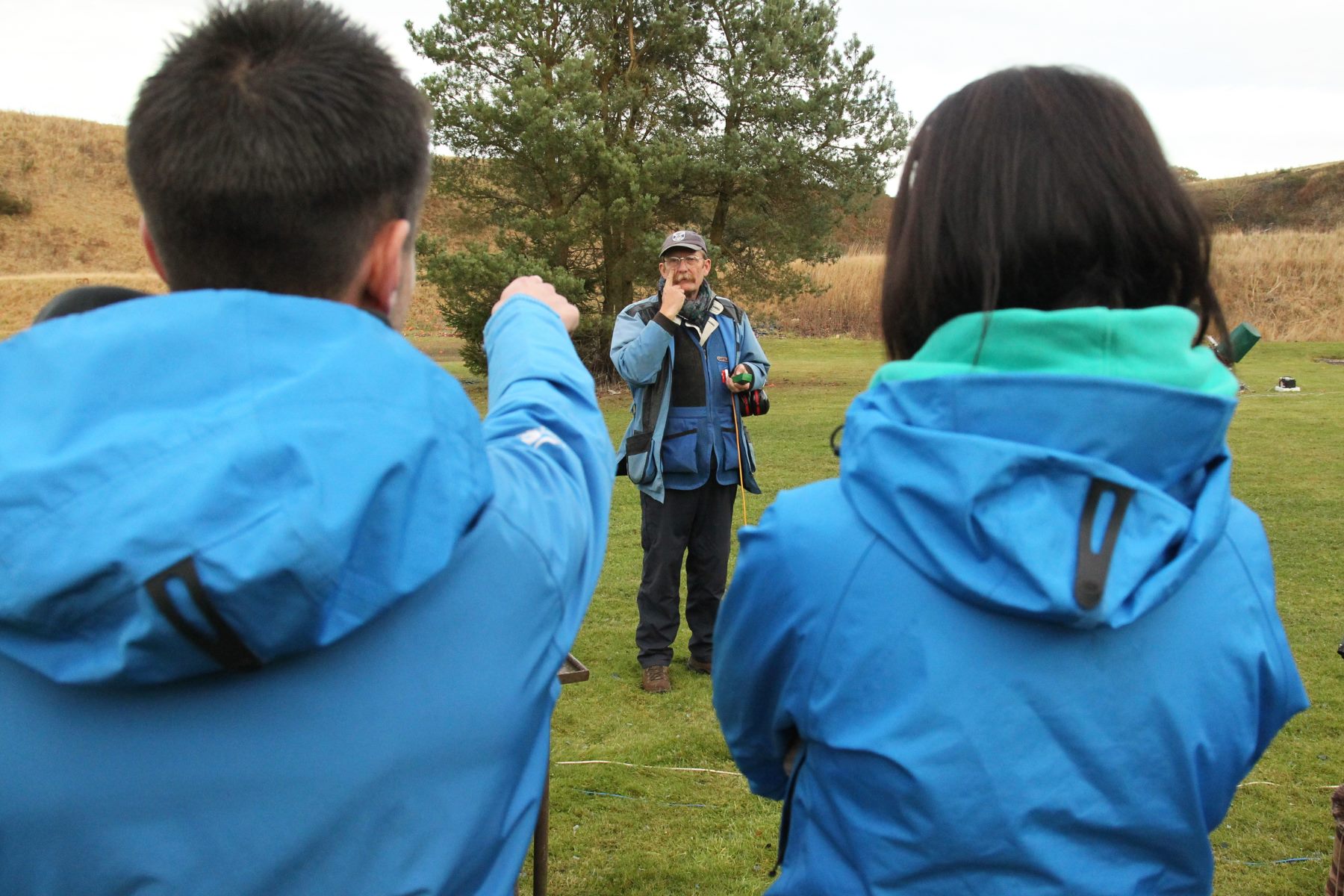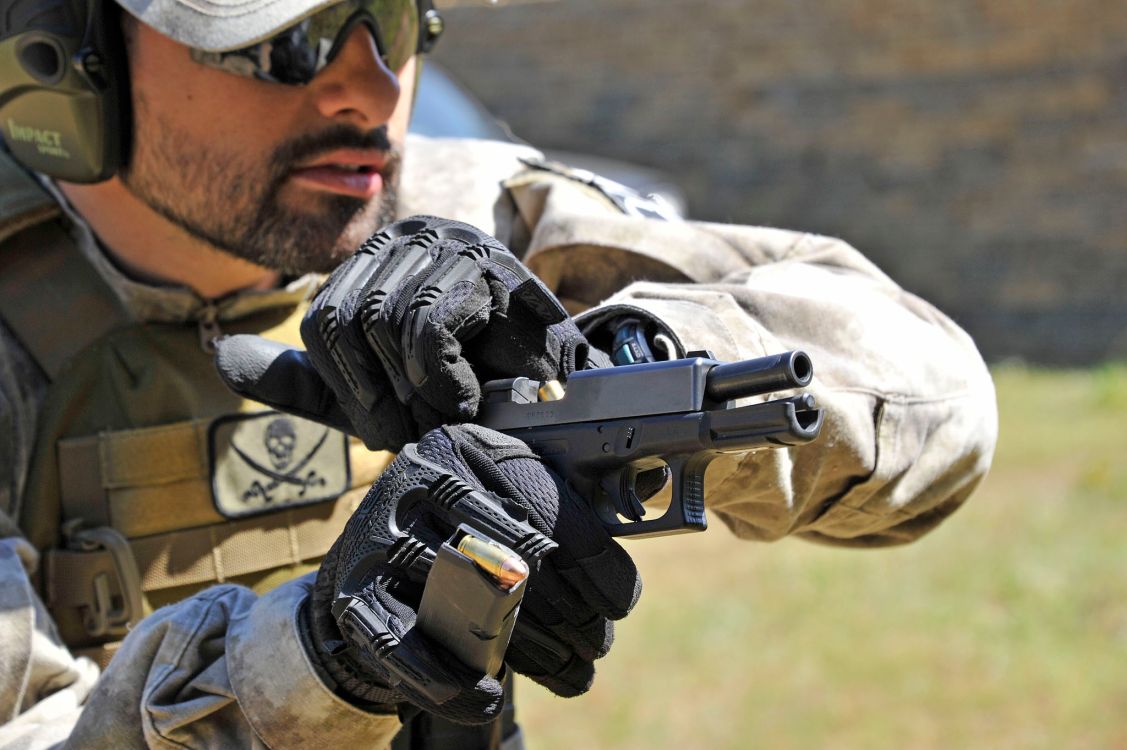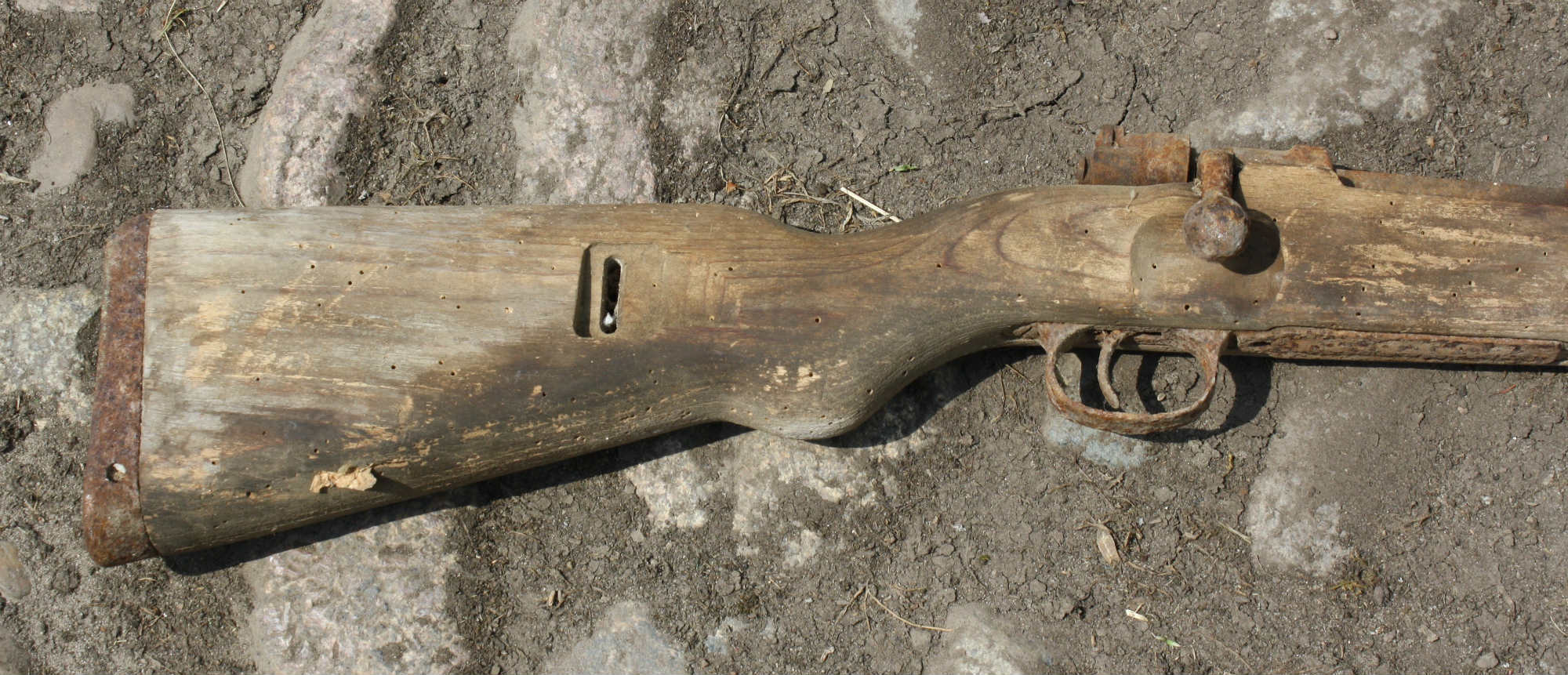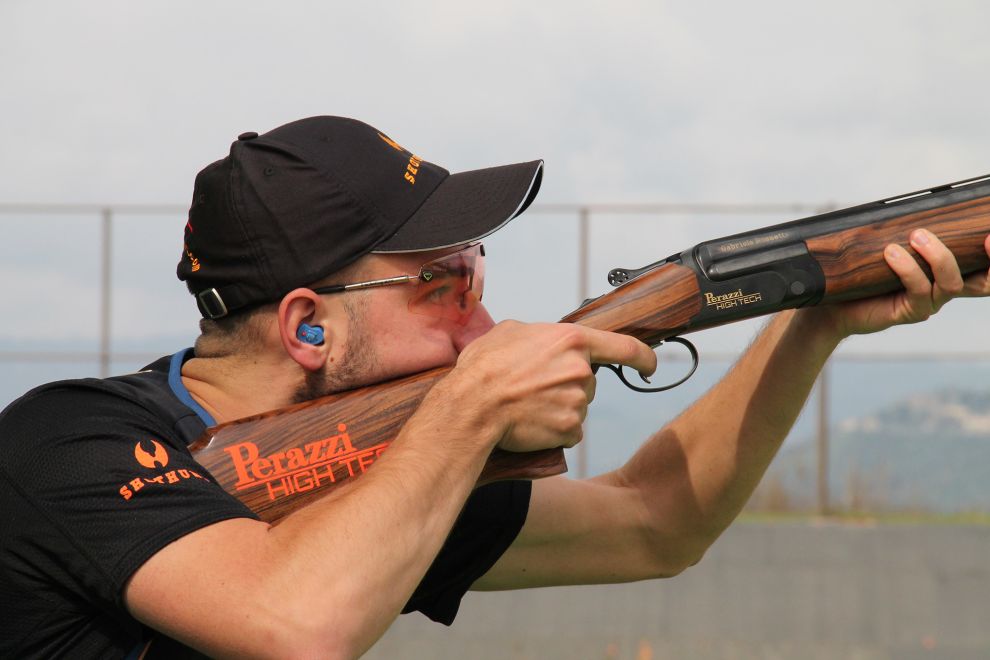Article also available in other languages

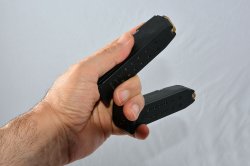
In the past, writing with one’s left hand was frowned upon, both at school and at home. There were even religious prejudices that linked left-handed people with “devil’s business”.
At schools, left-handed kids, who were often punished for this trait, were forced to write with their right hands. Even the science, up until last few decades, stated that left-handed people had some kind of a deviation and so this was considered a problem that needed to be fixed in many ways.
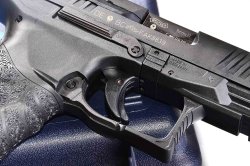
Later, it was discovered that these practices of forcing small children to use their weaker hand instead of their stronger hand, be it left or right, could cause behavior issues.
In the world of handguns, all manual controls are studied and engineered on the gun for the right-handed and only some recent models have an ambidextrous manual safety, slide stop, or magazine release button.
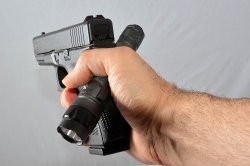
The opportunity we have with ambidextrous controls of these guns, which would seem just a benefit for the left-handed, is actually considered a tactical feature dedicated to the right-handed people as well.
In tactical operations, you could be forced to pass the gun from one hand to the other on many occasions, even if your stronger hand is not injured in any way. The more you train yourself to use your weaker hand, the more you will be prepared for a simultaneous use of the gun and other tactical tools, like, for example a flashlight.
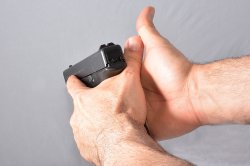
Training your weaker hand will also help you avoid the involuntary movements of your weaker hand, when you have to perform all actions with your stronger hand. Especially in stressful situations, you could press the gun’s trigger with your stronger hand when you really want to press the flashlight button with your weaker one.
Also, it must be considered that when you need to tactically reload the gun, the weaker hand has the most difficult task. It is good to learn to pass the gun from one hand to the other while abiding to all safety rules, trying to use all controls of the gun without making any mistake. Remember that less controls your gun has, the better it is.
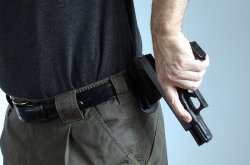
A complete training includes dry shooting with your weaker hand to learn to control the trigger and get used to the grips. Once the gun is extracted from the holster, you should pass it to the weaker hand using the switch over technique, in this way making sure that the finger does not get in contact with the trigger until you are ready to shoot.
Then you should practice precision shooting, making sure the front sight remains as still as if you were using your stronger hand.
Once you learn how to correctly and safely shoot with your weaker hand, you can learn various defense shooting techniques with your weaker hand only, keeping in mind that the ejected spent cases could get in your face if you keep your arm bent, since the ejection port of the gun is on your right (...and, holding the gun with your left, quite close to your face).
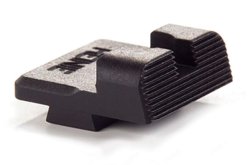
In order to improve your training, you will need to learn one of many tactics useful for passing the flashlight and the gun from one hand to the other without putting your gun or your flashlight in the holster.
This is usually done in the control room, where you can get used to the opposite angles from the ones you are used to when shooting with your stronger hand. The better you get used to the new angles, the more protected you will be at detecting dangers while keeping your body as little exposed as possible.
There are many techniques that can help you solve misfire or gun reloading problems using only your weaker hand, which could be a little difficult to perform if not trained well and often. These advanced techniques are initially practiced without live ammo, dry shooting and performed under the supervision of an appropriate instructor. There are aiming devices specially engineered for this task that have the appropriate shape and make everything easier.
To perform these procedures, you need robust heavy-duty gear such as holsters compatible with these aiming devices, which have to be well mounted on the gun. All these rules are applied to left-handed people as well, who need to learn to use their right hand.


